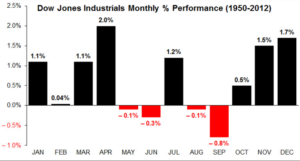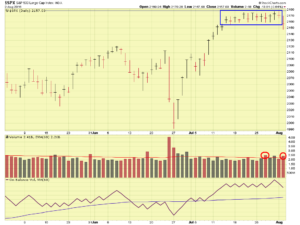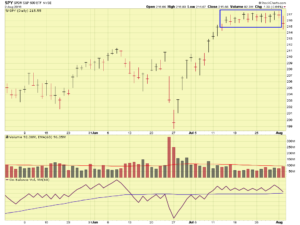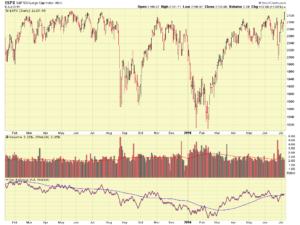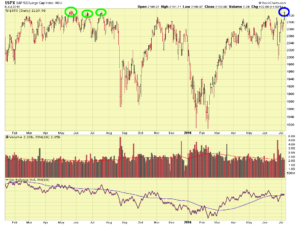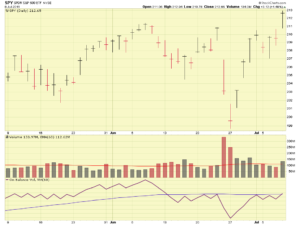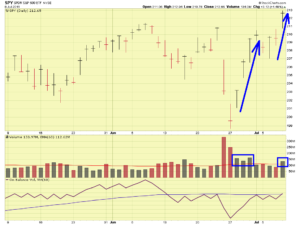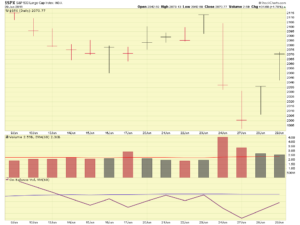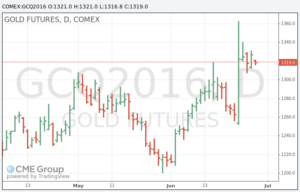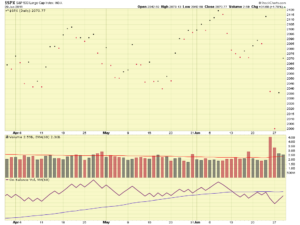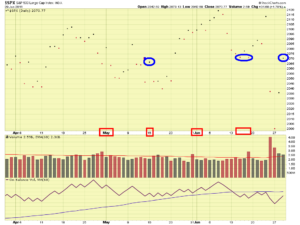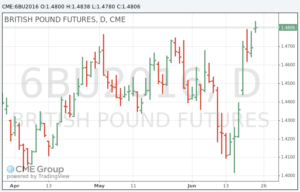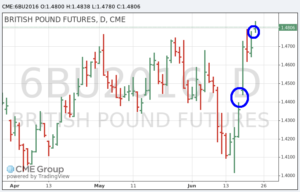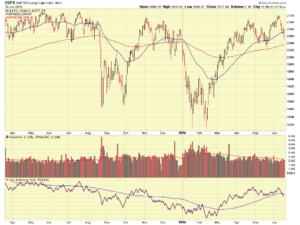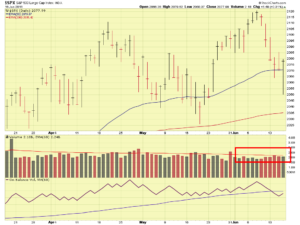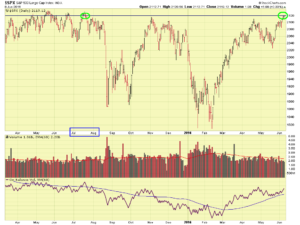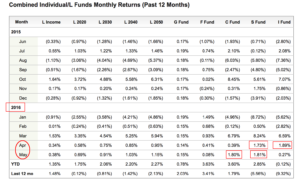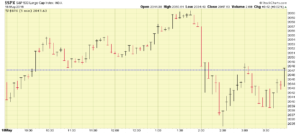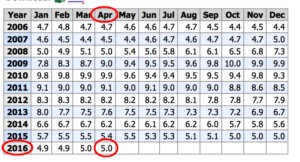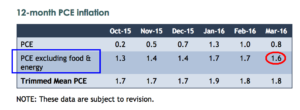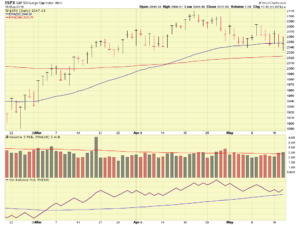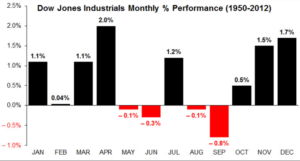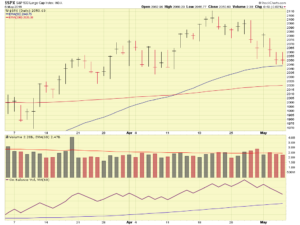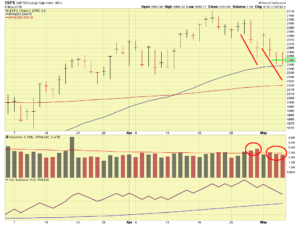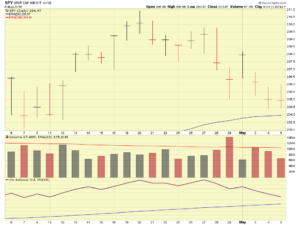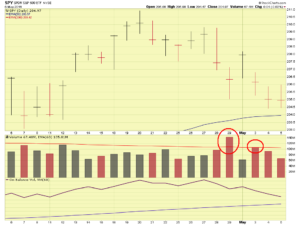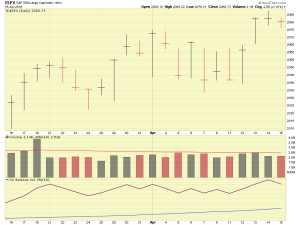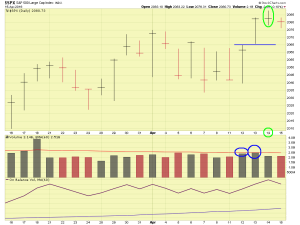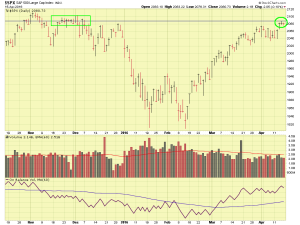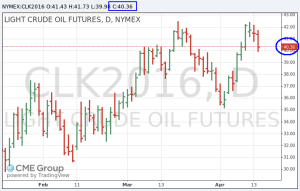Hello Folks
Excuse the slight delay in updates, but I took some vacation time and was out visiting the Silicon Valley area in July (San Jose, CA area) on a vacation-and-research trip. While out there, I was fortunate to have dinner with some folks who are employed in the tech sector; I am quite impressed by that sector (Semiconductors – General Computer/IT – Networking/Communications/Internet). I feel that the way we live and operate today, in 2016, will be largely improved, and made easier, in the next 5 years because of this sector. In support of this trip, I flew Virgin America (VRD), to evaluate their product, and honestly to “try something new.” It should be noted that Alaska Airlines recently announced that they will merge with Virgin America, however they are unsure on whether they will merge the actual brands (paint the VRD planes in Alaska colors, etc) or not merge the brands. My opinion is (Hello, Alaska?) do not merge, as the VRD product is very unique, and high quality, at a price point (out of Dallas Love Field anyway) competitive with the major airlines. The brand carries a cult-like following of customers and fans. If it is not broken, don’t fix it.
With that said (the above demonstrates that I was out “working” for my subscribers, not just goofing off and sight-seeing), small cap stocks (S-Fund) continue to be my favorite area. Preliminary TSP data reflects that the S-Fund was the top July performer, with a 5.4% return, with the next best performers being I-Fund/5.07%, and C-Fund/3.69%. Me personally, I-Fund is not worth the risk, so for me, I will remove that from consideration, with that said, my opinion is the 50/50 S and C-Fund allocation represents the ideal allocation mix for my TSP Account.
August begins a historical “worst 2-month pattern” for the stock markets, as August and September are indeed poor performing months, over the last 30 years or so. I have had some readers reach out and share some concern that “the market is selling off” – this is normal for August. Expect a listless August, and worse September, if history is any guide. See graphic:
Place a down August in the “Ops Normal” column, and don’t lose too much sweat, unless volumes drastically go thru the roof and more aggressive selling occurs. Let’s look at some charts, first the SP-500 Index itself, then the SPY Exchange Traded Fund, which is helpful for volume analysis:
As is evident in the charts, the period of July 18 to August 1 was basically flat, with minimal volume action. Apparently Wall Street goes on vacation in the summer (like everyone else), as volumes were very quiet. Then on Aug-2, we had a sell-off, but again, this is historically not abnormal for August. In fact, the first nine days of August typically are sell-off days. Note that the sell-off volume observed so far was only slightly on above average volume. Do we move to G-Fund, if we already know that August and Sept are poor performers ? Negative Ghost Rider. G-Fund is the 911, Hurricane Shelter, safe haven, used for protection, when a bear market is probable or severe decline is pending. I plan to remain fully invested in stock funds during Aug/Sept. Recall I remained in stock funds during the entire BREXIT debacle. Stocks recovered just as, dare I say, it, I expected. However, others felt differently: Federal News Radio is reporting that $2.1 Billion in TSP funds were shifted to G-Fund after the BREXIT vote. Humorous note: These were not likely my subscribers……
Hopefully I have pacified some nervous folks; let me wrap this up with the observation that the SP-500 made an All Time High on Aug-1, reaching 2178.09. This is great behavior, and strength begets strength. I did have some folks ask the very legit question “Isn’t it too high now, I am worried things will crash” but remember you want to invest on the strongest performers, not the weakest. You wouldn’t invest in real estate in a neighborhood with crashing home values would you (well, I wouldn’t….) ? And being “too high” is very subjective, as we simply want to ride the wave until it goes the other direction. And a “rest” is normal, even NFL superstar running back Walter Payton had to sit down and take a break at times. Nobody worried that his proven, demonstrated, historical, track record would suddenly stop when he sat down and took a break.
Observation: Pro-athletes, and markets, reach the end of their cycles at some point, (athletes typically retire, markets retreat) but I am very optimistic for the rest of this year. I feel that the elections in November will give the markets some horsepower to go higher, as it represents a change of the old-guard, over to a fresh, new team. We all know it will happen (a change) but the energy of the election, a new President sitting in the Oval Office, and a new team, should serve as combustion for a new uptrend. New, new, new.
That is all I have for now, unless something hot and urgent comes across my radar, I will likely be in quiet-mode for the next week or two or three. Again, Aug-Sept are historically down months, with things clearing up after that. My personal TSP Allocation remains 50% S-Fund and 50% C-Fund.
Thanks for reading and talk to you soon…
-Bill Pritchard

